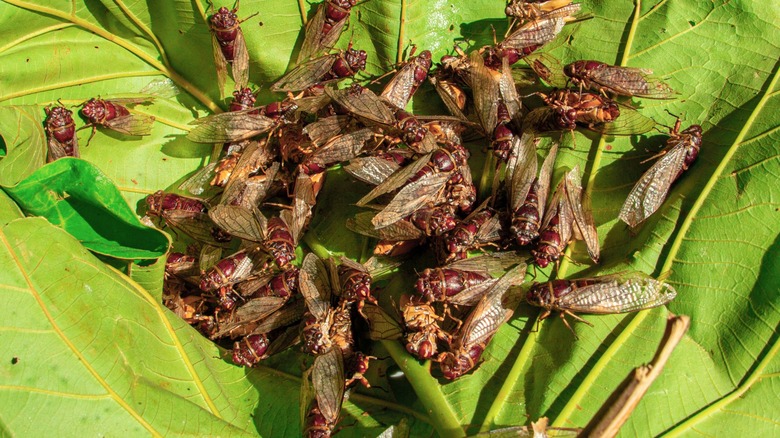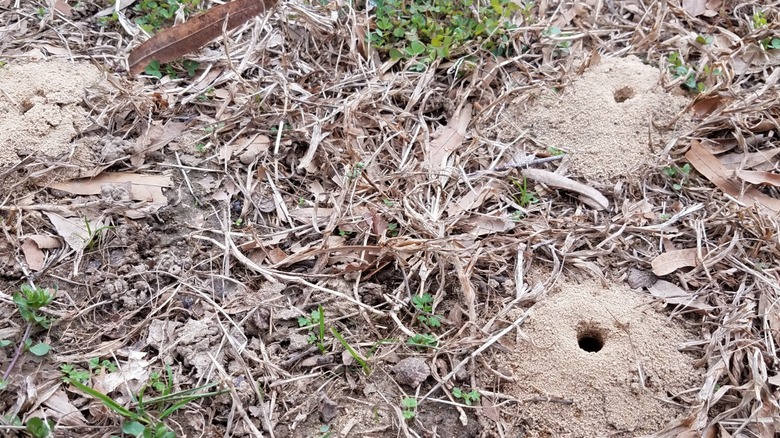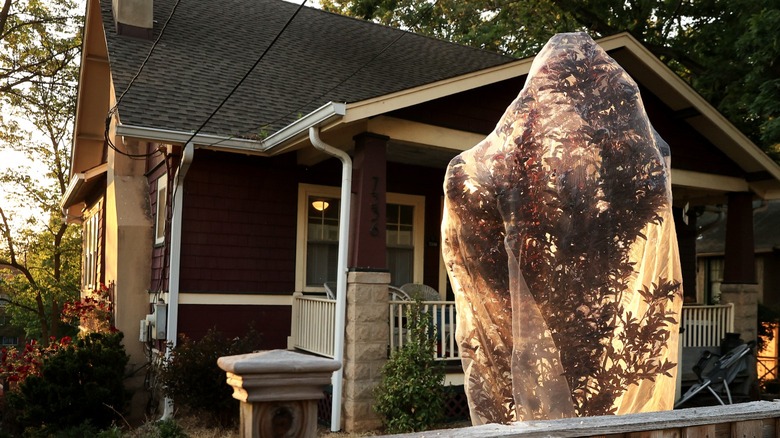How To Know Cicadas Are Coming & How To Protect Your Plants
Cicadas have a sudden emergence in huge numbers every certain number of years. They're like freaks of nature that somehow portend doom and destruction. In reality, nothing quite so dramatic is to blame. It's simply their natural life cycle, and there are over 3,000 species of cicadas around the world. When they're about to arrive, small holes will start to appear in the ground in preparation for their emergence. If you have young trees and plants you want to protect, this will be your warning signal. The best way to protect your plants is by covering them.
It might surprise you to know that cicadas don't do much but make a loud noise, breed, and feed other wildlife in the short time they're above ground, or about four to six weeks out of the many years that they live. Not to be confused with locusts, their lifespan lasts an average of 2 to 17 years, but most of it is spent underground. Some of them emerge annually, while others only emerge once every 13 to 17 years depending on your location. By the end of the summer, you won't have to worry about keeping cicadas out of your yard because most of the adults have died.
How to know cicadas are coming
To know ahead of time when you can expect cicadas of any kind, look at the ground for signs. Pay particular attention underneath trees and rocks, looking for holes about ½-inch to 1-inch in diameter, often in groups. The nymphs are digging escape tunnels in preparation for the right ground temperature and whatever instinctual signal they hear to emerge. If in a muddy area, you'll see little tubes coming out of the soil that look like miniature chimneys which keep water from flooding in and drowning them.
Start searching for these holes around April. They will appear when the soil temperature at the depth of 12 to 18 inches reaches 64 degrees Fahrenheit, so you can estimate approximately when that might be in the area you live. Often, it will be after it lightly rains. One night sometime beginning at the end of April to the peak time around Memorial Day, they will emerge in large numbers and descend on our landscapes. They will only live long enough to find a mate with their buzzing call, breed, and lay eggs on the branches and twigs of trees and bushes.
How to protect your plants
Whether you love them and think they're cool-looking or don't care for them much at all, do not use pesticides to try and control cicadas, as they are not effective. Besides, these insects typically don't damage anything even though they converge on trees, shrubs, plants, and basically anything they can land on in great numbers. They eat the roots of plants and suck the sap of trees but not enough to cause any significant damage. However, they can hurt young trees and plants, so you may have a few you want to protect.
The damage occurs when the female cicada makes a tiny slice in the branch of a tree or large bush to deposit her eggs. You can use mesh or mosquito netting on young trees and shrubs you want to protect, anchoring with zip ties or something similar at the bottom. Do this about 7 to 10 days after they appear, and leave it on until most have died off about four weeks later. You can prune any damaged branches afterwards if you choose, and as for those pesky exoskeleton shells they leave behind, just spray them off with the garden hose. You can also easily and safely compost them afterwards.


